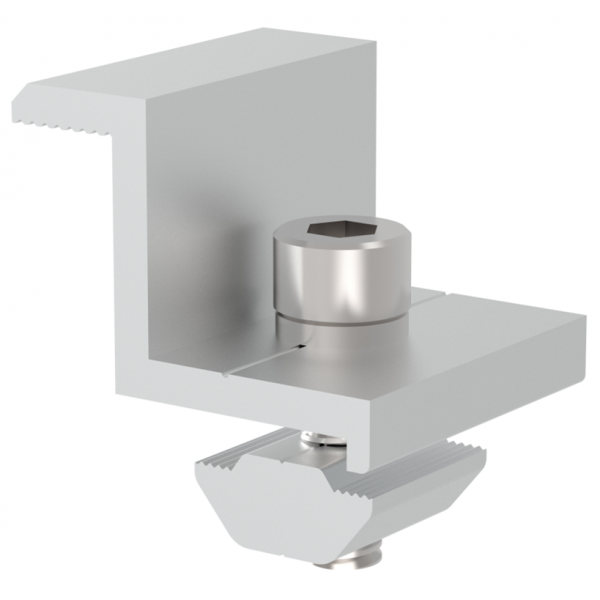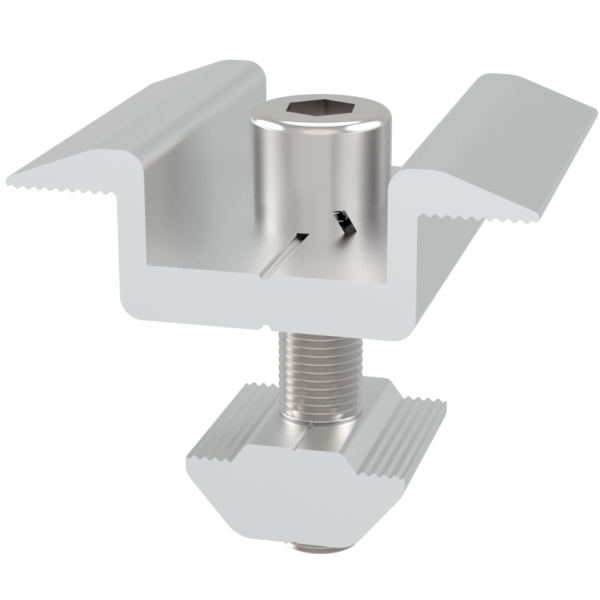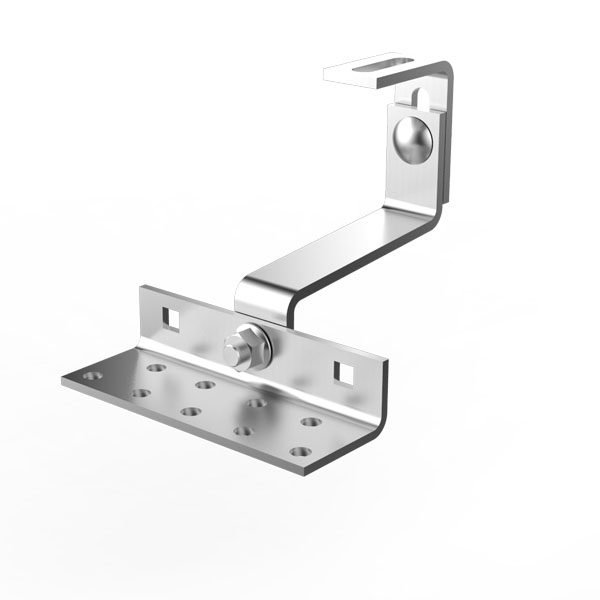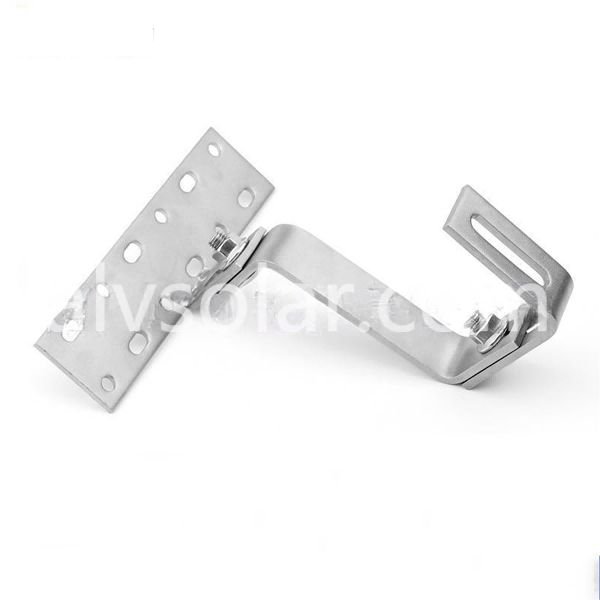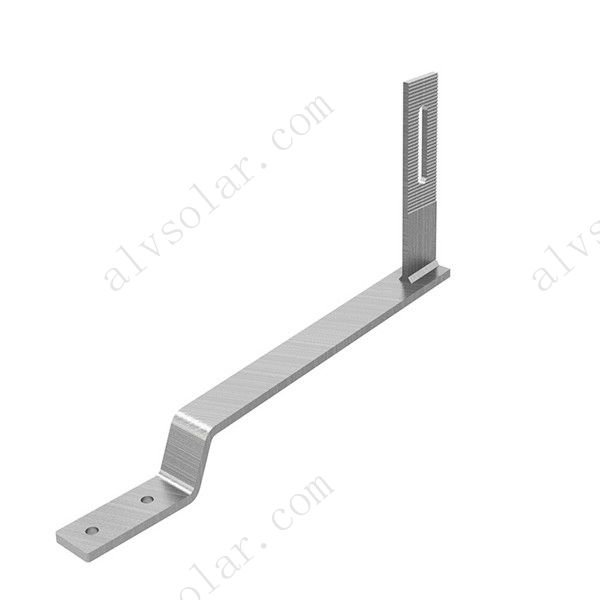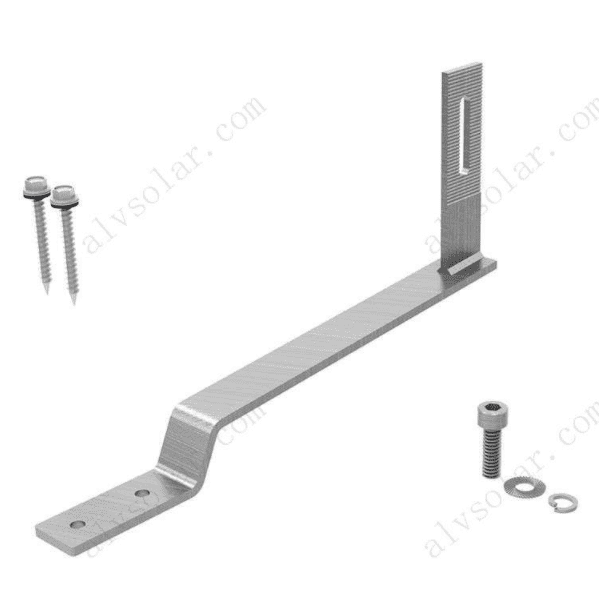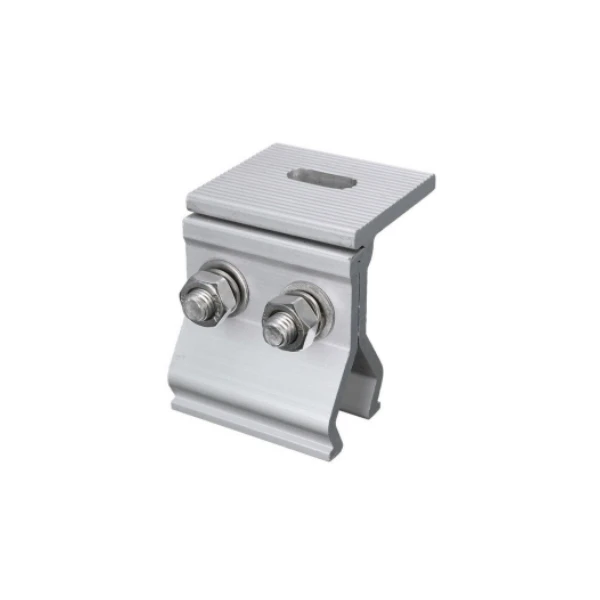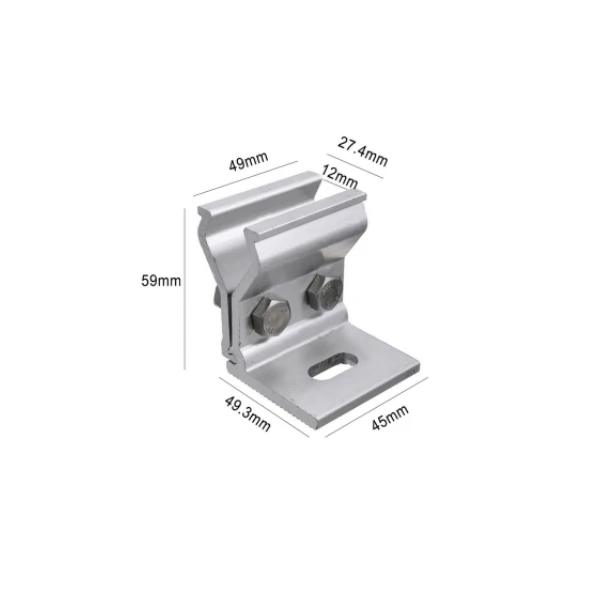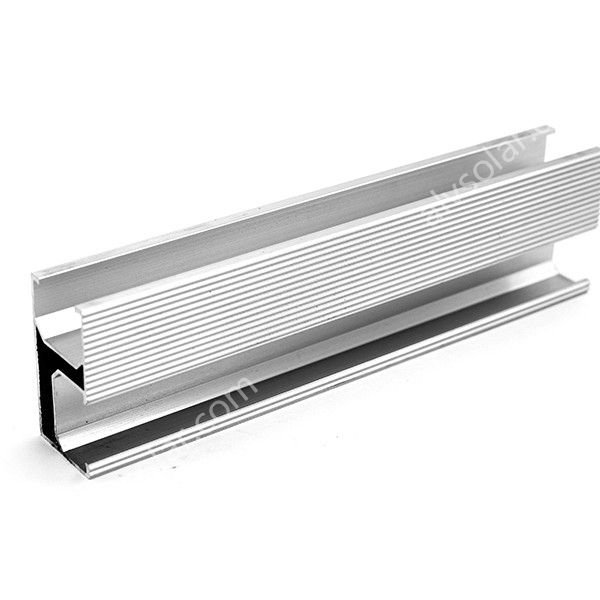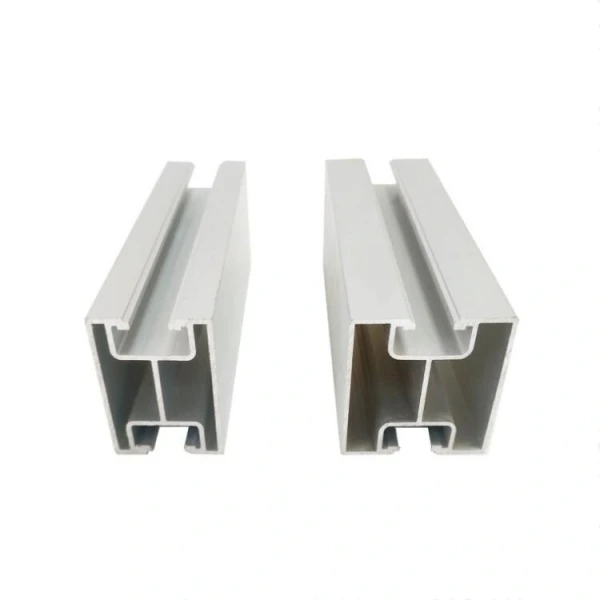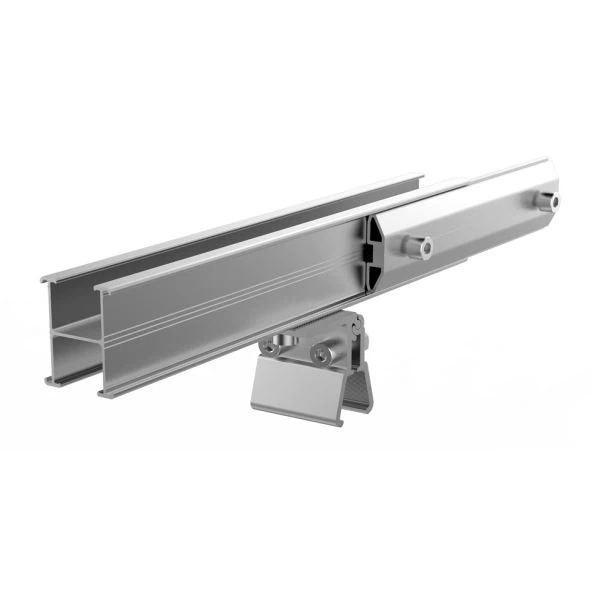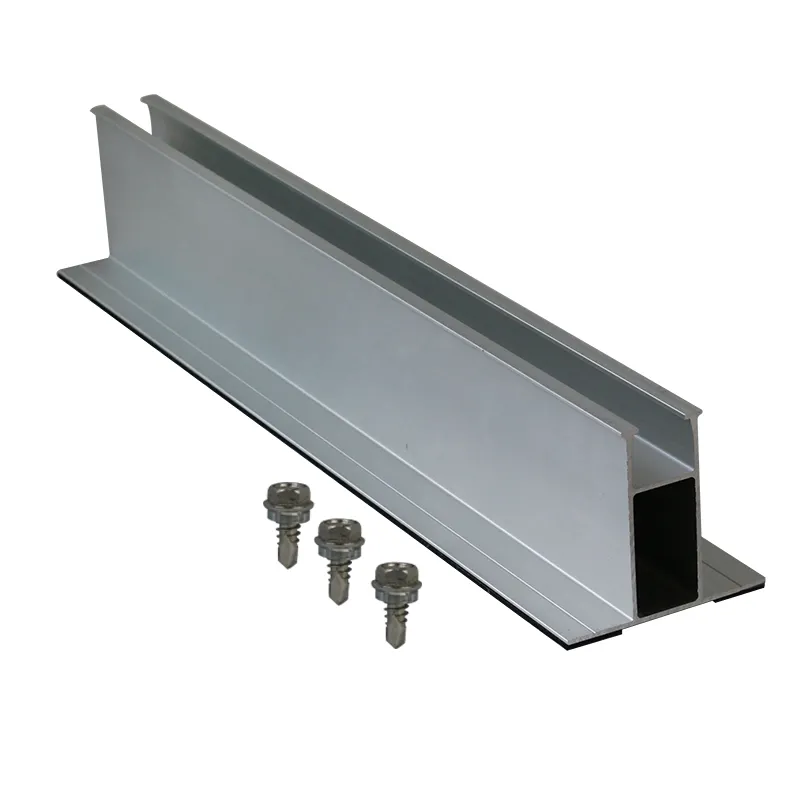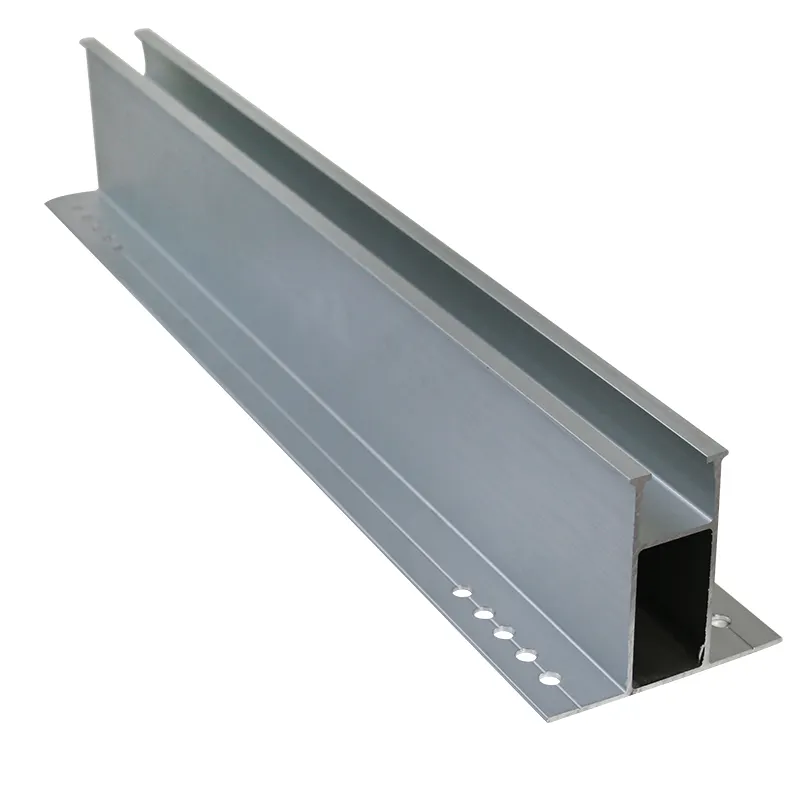Comment installer des systèmes solaires sur les balcons des appartements
Avec l'essor de l'énergie solaire à l'échelle mondiale, les systèmes de fixation au sol sont devenus essentiels pour les installations hors toiture à grande échelle. Qu'il s'agisse de construire un parc solaire commercial, un projet rural hors réseau ou un système énergétique agricole, un système de fixation adapté est tout aussi important que les panneaux solaires eux-mêmes. Une structure de fixation au sol bien conçue garantit la sécurité, la stabilité et la performance à long terme de l'ensemble du parc solaire.
Contrairement aux installations sur toiture, les systèmes au sol offrent une plus grande flexibilité en termes d'orientation, d'espacement et d'accès pour la maintenance des panneaux. Cependant, cette flexibilité implique également de faire les bons choix en fonction des conditions spécifiques de votre site. Des facteurs tels que le type de sol, la charge de vent et de neige, la pente du terrain, le risque de corrosion et la vitesse d'installation influencent le choix du système de fixation au sol le plus performant. Xiamen Al Import & Export Co. Ltd., nous proposons une gamme complète de solutions de montage au sol, y compris Systèmes en aluminium, Systèmes en acier, Montures agricoles, et Vis de terre—chacun étant adapté à différents environnements et besoins de projet. Avant de choisir une structure, il est important d'évaluer les aspects techniques et environnementaux du site de votre projet afin de garantir que le système choisi fonctionnera de manière fiable et sûre pendant plus de 25 ans.
Facteurs clés à prendre en compte lors du choix d'un système de montage au sol
La première chose à considérer est votre l'état du sol. Pour les sols mous ou sableux, Vis de terre constituent souvent le meilleur choix, car ils éliminent le besoin de fondations en béton. Ils peuvent être rapidement forés dans le sol à l'aide d'engins portables, minimisant ainsi le temps et les coûts de préparation du terrain. En revanche, pour les sols rocheux ou très compactés, systèmes de pieux battus en acier ou bases en béton préfabriqué peut être plus approprié. Si le sol est irrégulier ou en pente, des structures réglables avec des pieds flexibles peuvent aider à maintenir un angle d'inclinaison constant sur l'ensemble du réseau. En milieu agricole, des structures surélevées conçues pour cohabiter avec les cultures (également appelées Agri-PV ou systèmes agricoles) sont idéaux. Ces systèmes permettent de poursuivre l'activité agricole sous les panneaux tout en maximisant la capture de l'énergie solaire au-dessus.
Ensuite, considérez le conditions météorologiques locales, en particulier les charges de vent et de neige. Dans les zones côtières ou les régions à forte humidité, Systèmes de montage au sol en aluminium sont fortement recommandés en raison de leur résistance à la corrosion et de leur légèreté. L'aluminium est également plus facile à transporter et à manipuler sur les chantiers isolés. Pour les projets situés dans des zones soumises à des contraintes structurelles élevées, comme de fortes chutes de neige ou des vents violents,systèmes de montage au sol en acier galvanisé Offrent une résistance et une rigidité supérieures. Nos systèmes en acier sont galvanisés à chaud pour prévenir la rouille et garantir leur durabilité, même dans les climats les plus rudes.
Un autre facteur majeur est vitesse et coût d'installationSi vous travaillez avec des délais serrés ou une main-d'œuvre limitée, choisissez un système pré-assemblé ou en utilisant vis de terre Peut réduire considérablement le temps d'installation. Les vis de sol, par exemple, ne nécessitent ni excavation ni durcissement du béton, ce qui raccourcit la durée totale de construction de plusieurs jours, voire de plusieurs semaines. Pour les parcs solaires à grande échelle, systèmes de rayonnages modulaires Les solutions permettant un déploiement rapide et massif sont idéales. Elles peuvent inclure des cadres à inclinaison réglable ou des panneaux à angle fixe, selon les objectifs énergétiques du projet. Pour les projets en zones reculées, structures légères en aluminium peut offrir le meilleur équilibre entre performance et efficacité logistique.
Adapter le système de montage aux objectifs de votre projet
Une fois que vous avez évalué les conditions de votre site, il est important d'aligner votre choix de système de montage avec les objectifs à long terme et ampleur de votre projetSi vous développez un parc solaire de grande capacité, les structures en acier offriront probablement les meilleures économies d'échelle. Leur résistance permet de supporter des panneaux de grande taille, des portées plus longues et des charges de vent plus importantes, réduisant ainsi le nombre de supports nécessaires et les coûts globaux. En revanche, pour les installations de petite et moyenne taille, notamment dans les endroits difficiles d'accès, les systèmes en aluminium offrent une manipulation plus aisée et une installation plus rapide, vous permettant ainsi de gagner du temps et de réduire les coûts de main-d'œuvre.
Dans les environnements agricoles, tels que les serres, les refuges pour animaux ou les champs de culture, Systèmes de montage agricole Les terrains surélevés et à faible interférence avec le sol sont de plus en plus populaires. Ils favorisent non seulement les applications à double usage des terres (agriculture et énergie), mais ouvrent également de nouveaux modèles de revenus pour les agriculteurs. solutions agro-PV sont personnalisables en hauteur, espacement et inclinaison pour répondre aux différents besoins des cultures et des machines. Lorsque l'espace est limité ou que les conditions du sol ne sont pas idéales pour le battage de pieux, vis de terre Associés à des structures en aluminium, ils créent une configuration légère et hautement efficace, à la fois rapide à déployer et facile à démonter si un déplacement est nécessaire.
À Xiamen Al Import & Export Co. Ltd.Nous nous engageons à aider les développeurs de projets solaires, les entrepreneurs EPC et les intégrateurs de systèmes à choisir la fondation idéale pour chaque projet. Forts de plusieurs décennies d'expérience en fabrication et d'une large gamme de produits, nous proposons non seulement du matériel de montage, mais aussi des solutions structurelles complètes conformes aux normes internationales de sécurité, de portance et de résistance à la corrosion. Notre équipe d'ingénieurs peut vous accompagner dans la conception de vos projets, vous assister dans l'analyse des sols et vous proposer des options de pré-assemblage pour répondre efficacement aux exigences de votre projet.
Que vous construisiez dans des plaines désertiques, des terres agricoles en pente, des côtes tropicales ou des régions montagneuses, nous avons une solution prête à l'emploi. Choisir le bon système de fixation au sol ne se résume pas à choisir l'acier ou l'aluminium : il s'agit d'adapter votre installation à votre environnement, d'optimiser vos coûts et de pérenniser votre investissement solaire. Contactez-nous dès aujourd'hui pour découvrir comment nos solutions de fixation peuvent concrétiser votre projet solaire, en toute sécurité et de manière durable.
Xiamen Al Import & Export Co. Ltd.
Tous droits réservés.

